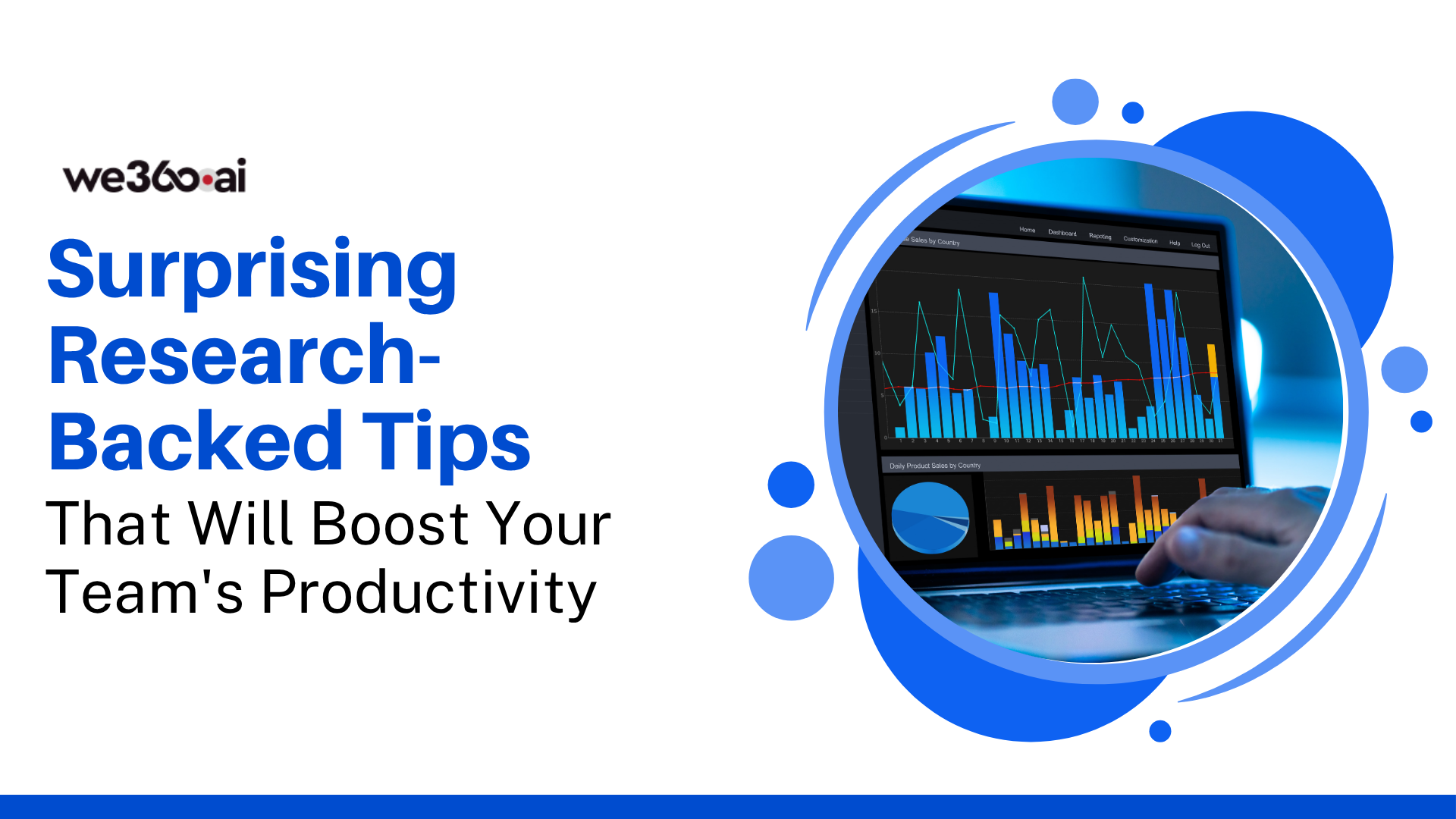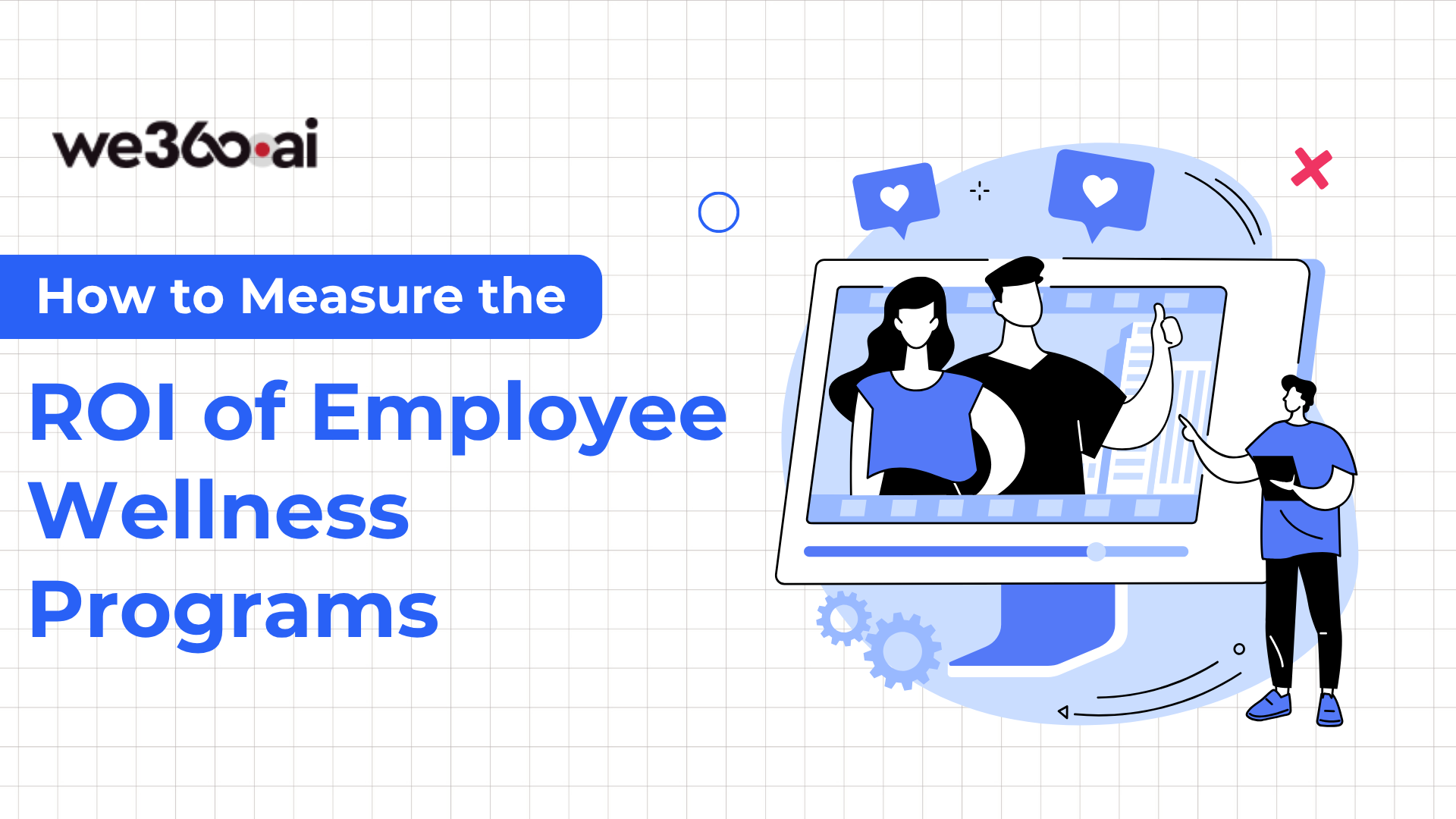Employee engagement is more than just a buzzword; it’s the hidden engine that drives productivity, innovation, and growth.
- Highly engaged teams show 21% greater profitability.
- For 7 years, companies with more engaged workers grew revenue 2.5x than companies with less engaged workers.
When organizations measure and act on engagement data, they unlock insights into what truly motivates their teams.
Let’s dive in and understand how you can reach the full potential of your workforce.
What is employee engagement?
Employee engagement is the degree to which an employee feels connected and involved in their workplace. It is the emotional and psychological attachment they feel towards completing their tasks.
It measures how productive they are and also affects how satisfied they feel at work. Several factors that contribute to employee engagement are satisfaction level, how they feel heard and kind of support employees get from their managers.
What is employee engagement strategy?
You can spike your employee engagement by looking into these factors:
- Communication: Communication not only increases collaboration but also makes management easier by eliminating silos. There should be a balance between expressing and listening. This communication can be horizontal, i.e., between peers, or vertical, implying a relationship between managers and employees.
86% of employees and executives cite poor internal communication as a key reason for workplace failures. - Recognition: Monitor employee engagement closely. Find top-performing employees and reward them. Also, in case an employee isn’t able to perform up-to-the-mark launch programs to upskill them or empathetically lend an ear to what struggles they are facing.
- Development: Working on the same mundane tasks repetitively drains employees and also kills their interest. Employees want to learn new technologies and skills that build their profile. You can introduce soft skill programs, career coaching sessions and wellness programs to offer them growth and keep them engaged.
31% increase in employee productivity and 37% boost in engagement when organizations invest in upskilling programs - Work-Life Balance: Work-life balance is a pivotal element of employee engagement. If employees feel burdened with overwork, they are more likely to burn out. In case they are not offered appropriate motivation, they may zone out and start procrastinating. Therefore, it is essential to strike a balance between work and personal life.
- Team Building: Foster camaraderie among the team. Hold team-building sessions like team outings, talent exhibitions, where each employee demonstrates their skills and festive celebrations in office. This serves the best interests of employees and they feel more connected to their teams.
- Clear Expectations: Be very clear on what you’re expecting of your team. Email them or jot them down so that no point is missed and employees can reach out in case they need assistance.
- Empowerment: Train or upskill the employee and keep them accountable for their tasks. Let them take ownership where they can let their creative juices flow and introduce innovative ideas. This empowers the employees and they feel more connected to their job.
- Wellness: Support physical and mental well-being by frequently rolling out wellness sessions. Boost employees' morale emotionally, psychologically and physically. Since there are many times work stress or personal life takes a toll on employees' health or well-being, wellness sessions offer them the therapy needed.
28% higher likelihood of feeling engaged among employees who participate in wellness programs - Inclusivity: Encourage diversity and respect. Do not judge employees based on their DE&I factors. This can be a variation in race, color, caste, gender, or other such factors.
- Feedback: Regularly gather input and adapt. Offer constructive feedback and avoid being critical. Make the employees feel supported and backed up so that they can open up and ask about remediation measures they can take to improve their performance.
What are employee engagement metrics?
Absenteeism
High rate of absenteeism implies there is something wrong with the company’s policies, or employee is about to burn out. It states that employees’ engagement level is dropping, or worse, they are heading towards quitting. This is a big red flag, as it means other employees suddenly have more tasks on their plates.
Absenteeism rate = (Total number of absent days per employee) / (Total number of working days) x 100
Workload balance
It is something that can make or break employees’ morale. In case they are constantly given more work to do, they are drained and may depict a decline in engagement levels. With employee workload metrics, you can measure employees with more tasks on their plate and distribute work evenly in the team.
Retention
High turnover is a sign that the management needs to address via employee engagement. Maybe there is a lack of diversity or limited opportunities to upskill. When the employees, especially the top performers, stay for long, it demonstrates a good work culture where employees feel heard and seen.
Employee retention rate = (Total number of employees – Total number of employees who left) / total number of employees) x 100
eNPS (employee net promoter score)
eNPS measures employee loyalty and satisfaction by asking a simple question: “On a scale of 0–10, how likely are you to recommend this company as a place to work?”
It measures the level of satisfaction your employees have at work.
Employee NPS = (promoters – detractors)/ total respondents
- Promoters (9–10): Highly engaged, loyal, enthusiastic employees.
- Passives (7–8): Satisfied but not enthusiastic; could be swayed by better offers.
- Detractors (0–6): Disengaged, unhappy, may spread negativity or leave.
Goal completion for set benchmarks
These insights give you a clear starting point for building an engagement strategy. You can track how teams and individuals are doing, compare results with goals, and make changes where needed. By seeing what’s working and what’s not, you can create a more focused plan to boost engagement.
ROI on employee engagement
Meeting goals constantly can be an indicator of high employee engagement in workplace. Measuring ROI implies the impact engagement has on your company.
It is not a one-size-fits-all metric. It may vary as per roles, KPIs and other metrics like turnover rates.
How can you increase employee engagement with we360.ai?
Engaged employees build stronger businesses.
Book a demo with We360.ai and see the difference in productivity and morale.














